Reza Shafiloo
Considering user dynamic preferences for mitigating negative effects of long tail in recommender systems
Dec 04, 2021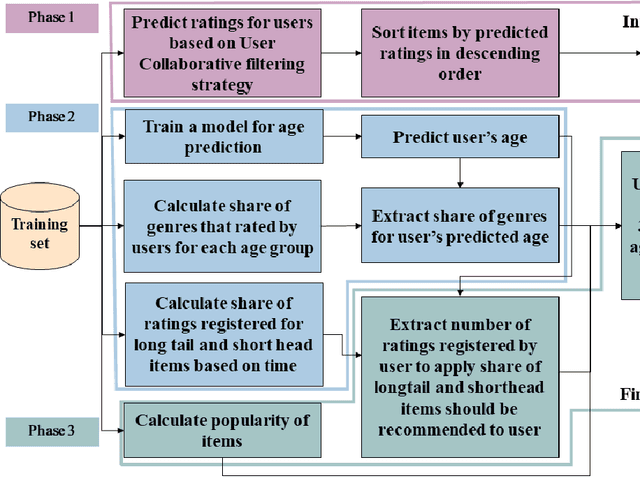
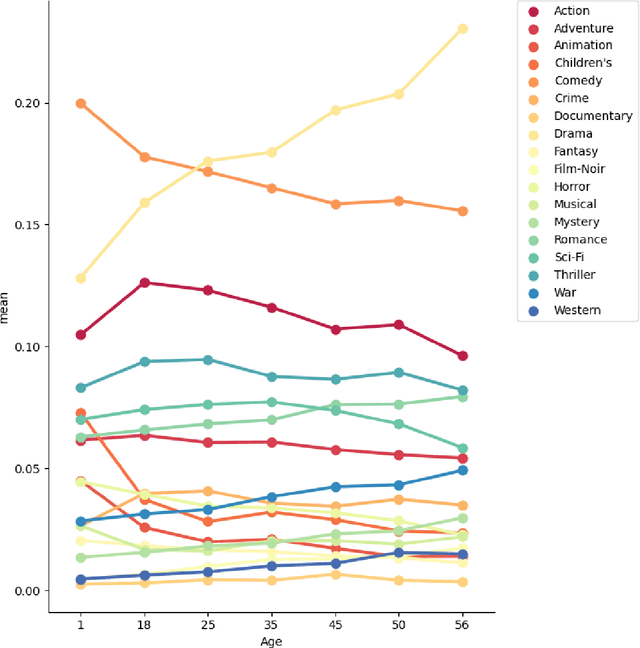
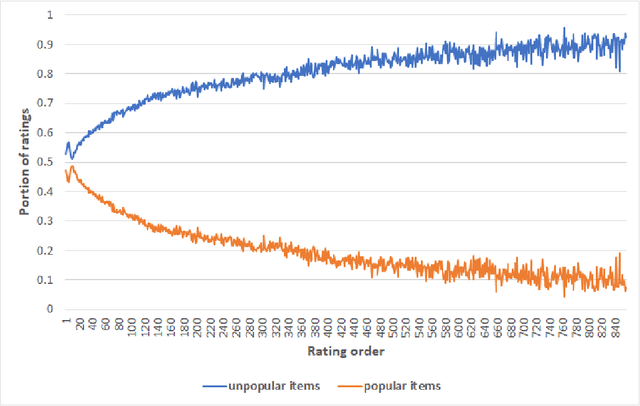
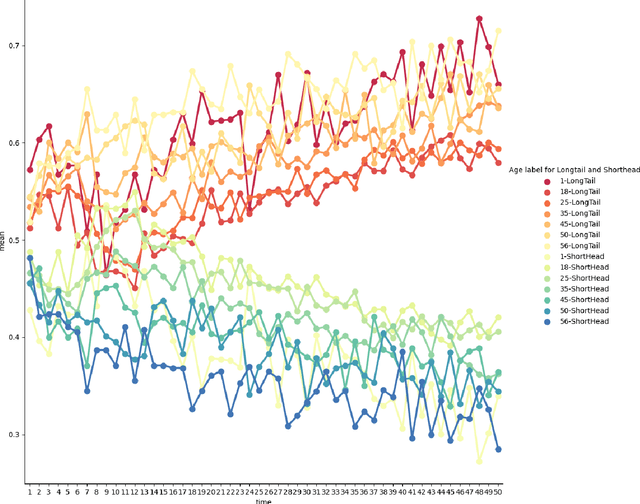
Abstract:Nowadays, with the increase in the amount of information generated in the webspace, many web service providers try to use recommender systems to personalize their services and make accessing the content convenient. Recommender systems that only try to increase the accuracy (i.e., the similarity of items to users' interest) will face the long tail problem. It means that popular items called short heads appear in the recommendation lists more than others since they have many ratings. However, unpopular items called long-tail items are used less than popular ones as they reduce accuracy. Other studies that solve the long-tail problem consider users' interests constant while their preferences change over time. We suggest that users' dynamic preferences should be taken into account to prevent the loss of accuracy when we use long-tail items in recommendation lists. This study shows that the two reasons lie in the following: 1) Users rate for different proportions of popular and unpopular items over time. 2) Users of all ages have various interests in popular and unpopular items. As a result, recommendation lists can be created over time with a different portion of long-tail and short-head items. Besides, we predict the age of users based on item ratings to use more long-tail items. The results show that by considering these two reasons, the accuracy of recommendation lists reaches 91%. At the same time, the long tail problem is better improved than other related research and provides better diversity in recommendation lists in the long run.
Predicting user demographics based on interest analysis
Aug 02, 2021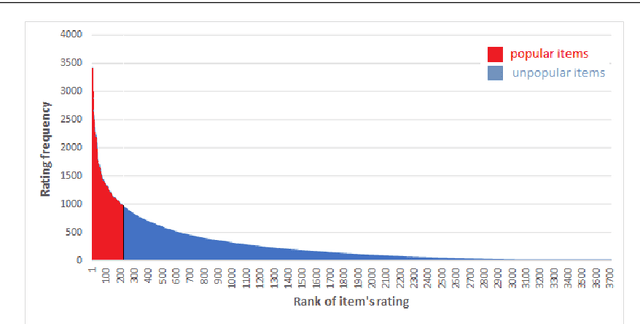

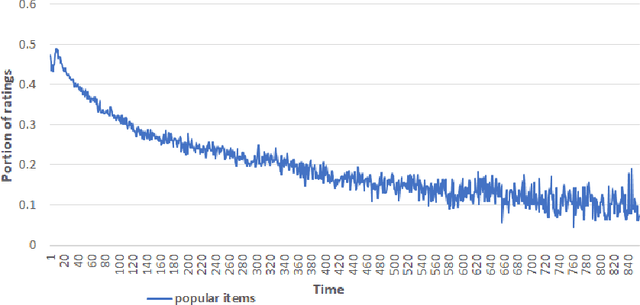

Abstract:These days, due to the increasing amount of information generated on the web, most web service providers try to personalize their services. Users also interact with web-based systems in multiple ways and state their interests and preferences by rating the provided items. This paper proposes a framework to predict users' demographic based on ratings registered by users in a system. To the best of our knowledge, this is the first time that the item ratings are employed for users' demographic prediction problems, which have extensively been studied in recommendation systems and service personalization. We apply the framework to the Movielens dataset's ratings and predict users' age and gender. The experimental results show that using all ratings registered by users improves the prediction accuracy by at least 16% compared with previously studied models. Moreover, by classifying the items as popular and unpopular, we eliminate ratings that belong to 95% of items and still reach an acceptable level of accuracy. This significantly reduces update costs in a time-varying environment. Besides this classification, we propose other methods to reduce data volume while keeping the predictions accurate.
 Add to Chrome
Add to Chrome Add to Firefox
Add to Firefox Add to Edge
Add to Edge